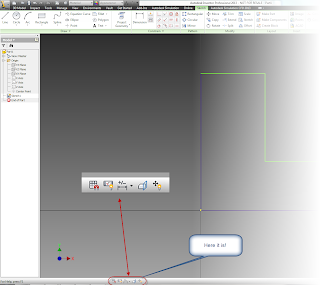Marie Windsor
Many of us have been there before. We need to send our 3D CAD assembly to a 3rd party, like a vendor, for example. But we don't want to directly export the full 3D model.
Why? The 3D model contains all the information required to build the components within the assembly. The "feature rich" assembly may be overkill because the extra information, such as internal cavities, may create a model that is "overly heavy and complicated" for the end user.
Even worse, giving them that feature rich model may give away proprietary information that may allow an unscrupulus end user to take advantage of our hard work.
 |
| Would you always want to send out a model with all this detail to a 3rd party>? |
In older versions of Autodesk Inventor, you could derive the assembly into a part model, and use standard Inventor part modeling tools to remove the excess features. You could even use Autodesk Inventor Fusion if you wanted.
But this process took time, and while it might be worth it to protect intellectual property, who doesn't want a faster way.
As of Autodesk Inventor 2013, there is a way.
To take advantage of this new tool, the model is still derived into a part file using the Derived Component too, just like before.
 |
| We still go into Derived Component |
We can still go into the Options tab, and change how the assembly is derived and remove parts and features that we don't need.
 |
| But now check out the "Options" tab for the new options. |
 |
| Remove voids! The new tool! |
So on that note, here's a video that shows both the steps, and the result of a quick simplification of a component.
Have a suggestion on how you approach this challenge? Drop a comment below!
















